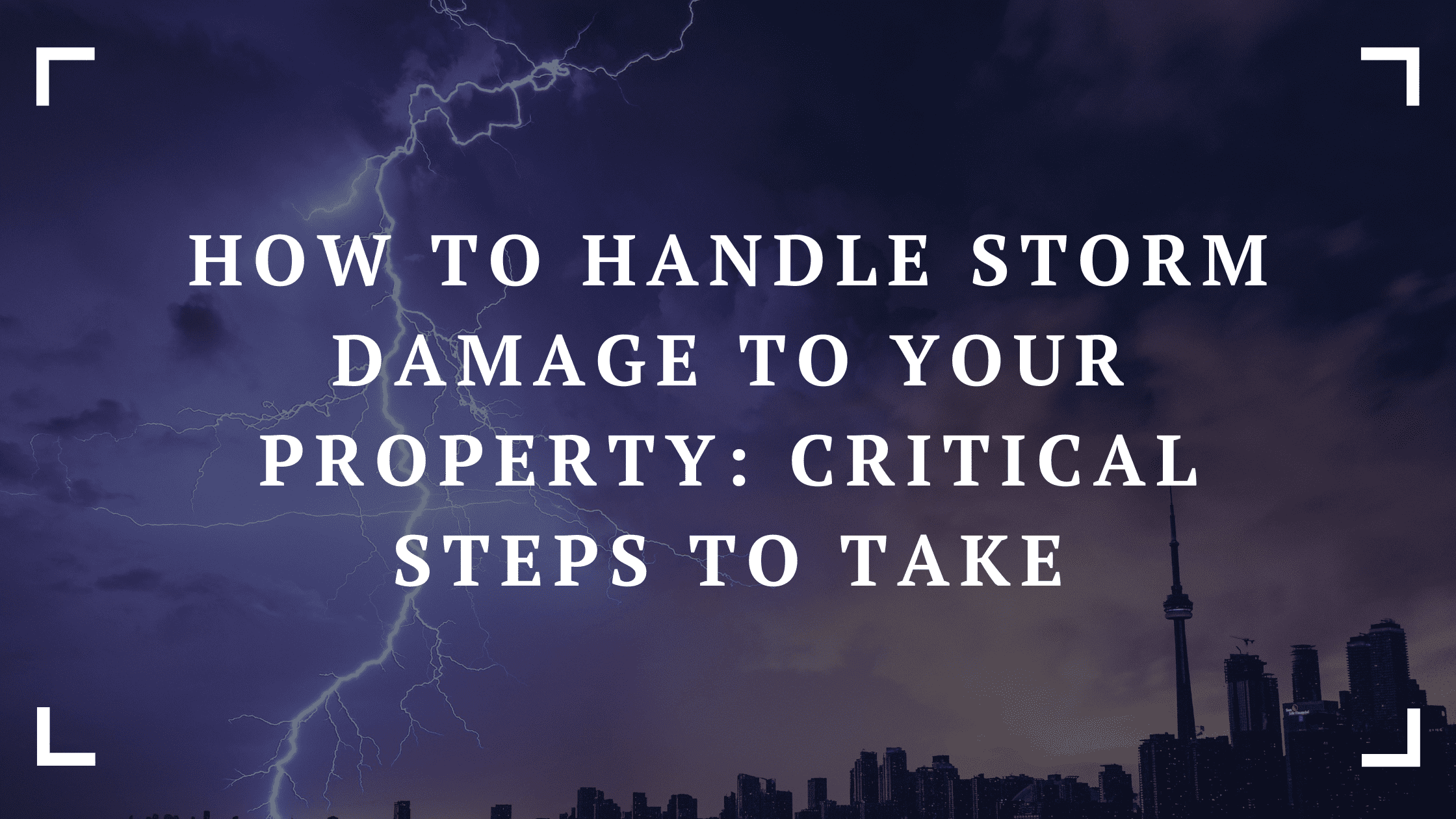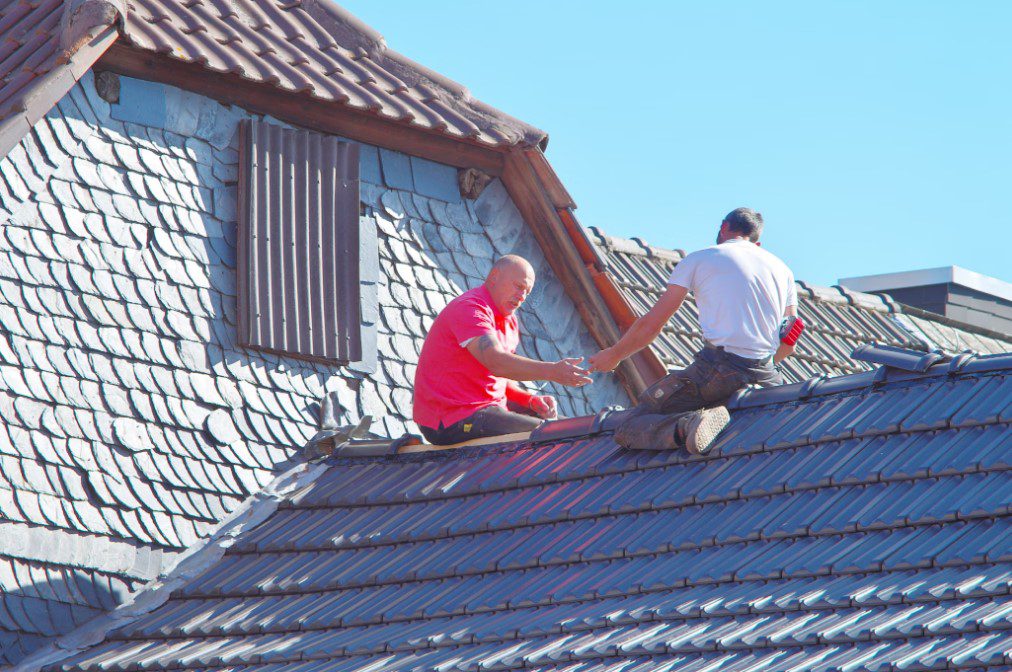Have you ever experienced the aftermath of a severe storm? The devastation and destruction it leaves behind can be overwhelming, especially when it comes to your property. As much as we try to prepare for such situations, Mother Nature is unpredictable and can leave us reeling from the damage caused by strong winds, heavy rain, or even hail.
In times like these, you must know exactly what steps to take to minimize further damage and start the process of repairing your property. As a homeowner, it is your responsibility to protect your investment and ensure the safety of yourself and your loved ones — and that starts with knowing how to handle storm damage.

Hire Professionals
When nature strikes and leaves your home damaged, the last thing you want is to entrust its repair to an inexpert. The restoration process is complex and needs to be handled by someone who knows their way around it. If you need to repair your roof, a reliable contractor like MasterRoof Contracting might be your best bet. A professional contractor will thoroughly assess the damage and provide you with a detailed report and estimate before starting any repairs.
Moreover, an experienced contractor will have the necessary tools and equipment to handle the repair work efficiently and effectively. They will also know how to navigate insurance claims and make sure you receive proper compensation for the damages.
Ensure Safety First
Before you start assessing the damage to your property, make sure everyone is safe. If there are any fallen power lines or gas leaks, stay away and contact the necessary authorities immediately. It’s also essential to shut off any utilities like electricity, water, or gas to prevent further damage or accidents.
Once you’ve ensured the safety of yourself and your loved ones, you can start assessing the damage to your property. Be cautious while examining the area and wear protective gear like gloves, sturdy shoes, and a mask if necessary.
Document Everything
In case your property has suffered damage due to a storm, it is highly recommended that you document everything thoroughly. This includes taking photos and videos of all areas impacted by the storm. Documenting the damage will serve as evidence and will make it easier for insurance adjusters to assess and process claims.
Don’t forget to capture even the smallest damage, as it can add up and have a significant impact in the long run. Through proper documentation, you can ensure that you get the compensation you deserve and get your life back on track as soon as possible.
Contact Your Insurance Company
Now that you have documented the damage, it’s time to contact your insurance company. Most homeowner’s insurance policies cover storm damage, but it’s still essential to review your policy and understand what is covered and what is not. Just imagine how much more stressful and overwhelming it would be to deal with the aftermath of a storm without any insurance coverage.
When you contact your insurance company, make sure to have all the necessary information at hand, including photos or videos of the damage, an estimate from a professional contractor, and any other relevant documentation.
Secure Your Property
As we all know, unpredictable things can happen unexpectedly and leave us in a state of shock. Be it a natural disaster or an unfortunate accident, damage to your property can be devastating. If your home or business has experienced broken windows, damaged roofs, or other breaches, take immediate action to prevent further damage.
Cover these vulnerable areas with tarps or plywood, and you can protect your property from further destruction. Beyond that, make sure to keep a close eye on the weather forecast in case of any subsequent storms that could cause additional damage.
Keep Records of All Expenses
In addition to documenting the damage, make sure you keep track of all expenses related to the storm and its aftermath. This includes any costs incurred for temporary repairs, such as purchasing tarps or paying for a hotel stay if your home is uninhabitable.
These expenses can add up quickly, but they may be covered by your insurance policy. Keep detailed records and receipts to ensure you get proper compensation for these additional costs. Being proactive and organized can significantly smooth out the recovery process after a storm, allowing you to return to normalcy more quickly and efficiently.

Facing the aftermath of a storm can be an emotionally draining experience. However, by taking the right steps, you can mitigate the damage, ensure the safety of those you care about, and begin the process of recovery and restoration. Surround yourself with professionals who understand your needs, work closely with your insurance company, and lean on your community for support. With resilience, patience, and determination, you’ll find that it’s possible to weather the storm and emerge stronger on the other side.


